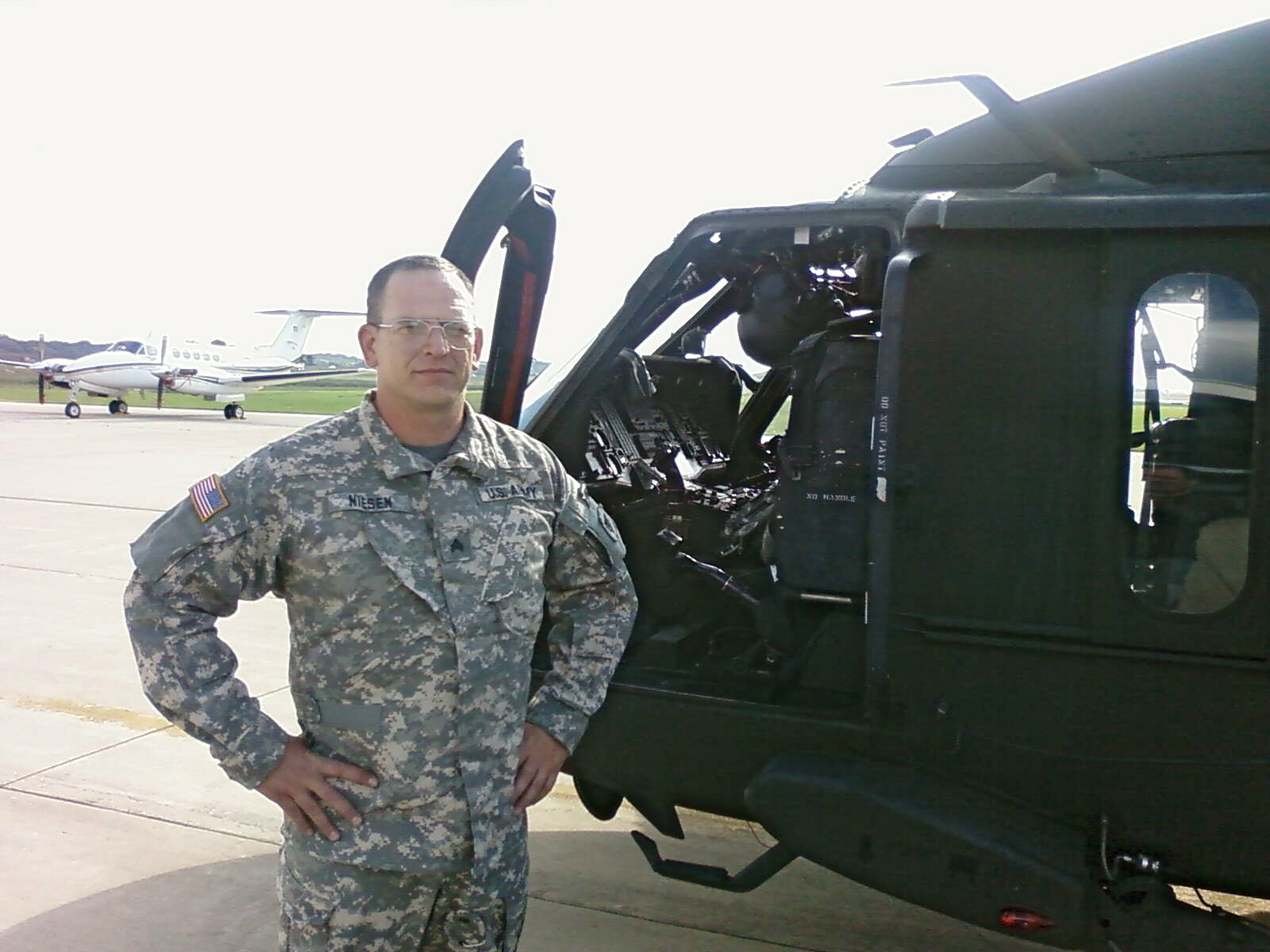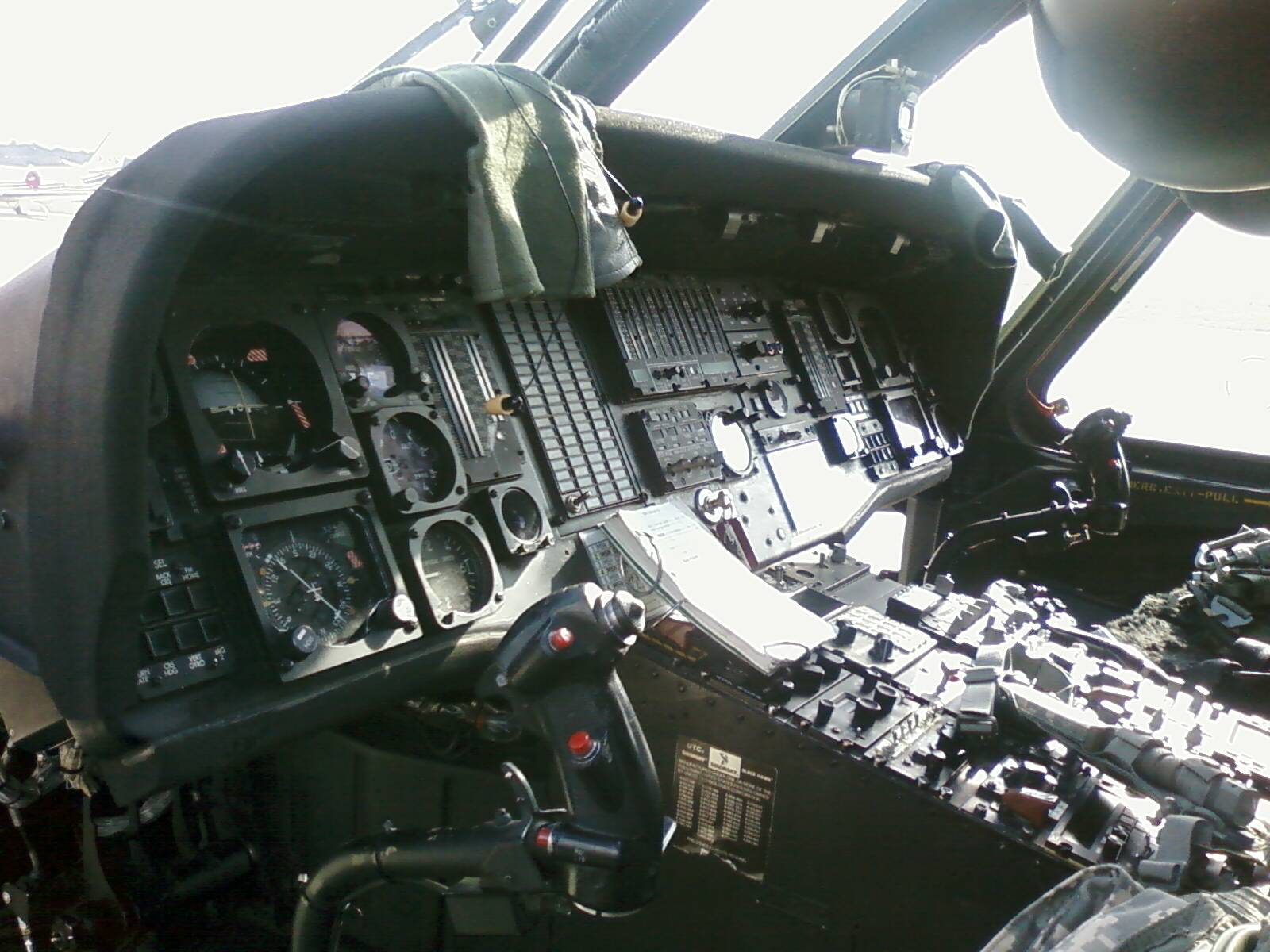It was one of the best things you could ever do with a plane. Flying over the Grand Canyon was something I’d thought about for years. Even better than flying for two hours over spectacular scenery, is sharing the experience with the family aboard, which was rare indeed.
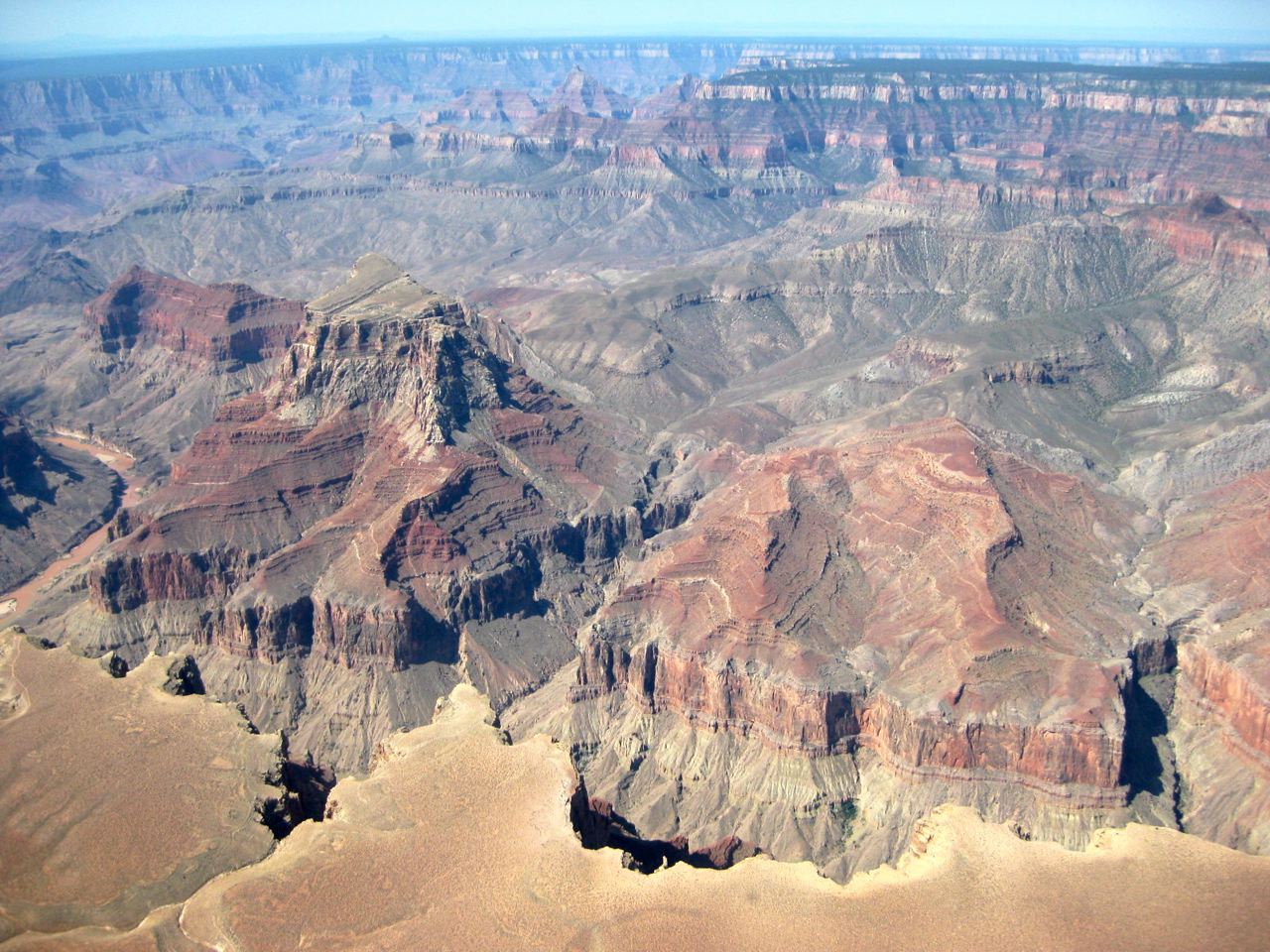
After the flight from Chicago, we drove to the Sedona, Arizona airport
(KSEZ) the day before takeoff, checking in at the fixed base operation (FBO) that was to rent the plane. It was located at 5,000 feet on top of a Mesa overlooking the city. Tall peaks nearby promised to play havoc with gusts and crosswinds. Once inside, “Mister Curmudgeon” (MC) looked up at me from behind his desk.
Me: “Good morning! Can I confirm that I’m on the schedule first thing tomorrow.”
MC: (Looking at the schedule) ”Might be windy. Are you all good flyers? It can get real bumpy and we’ve had people get sick”
Me: “We’ll be fine. What can we expect for cross winds up here?.”
MC: “They can be really bad. Look at the runway. You’ll see skid marks everywhere. We probably have a mishap every month, and that’s with pilots who have experience here.”
Me: (Feeling less confident but trying to sound unconcerned) What kind of mishaps?”
MC:” Sometimes planes blow a tire when they bounce off the runway. Or do a ground loop. We had one nose over. We’re up pretty high so you don’t want to go off the end.
Me: “Uh-huh. That’s why you advertise this as the USS. Sedona? Looks like an aircraft carrier at altitude?"
MC: "Yup. Have experience with high altitude flying? The planes and engines operate differently."
Me: “Thanks , yes- look forward to seeing you tomorrow... ”
That was inspiring…The following day was perfect. Winds calm. A cool, bright blue-sky morning. We started with preflight of the stout but dependable
Cessna 206 Stationair outfitted with the Lycoming IO-540. Constant speed prop , 300 horsepower, six seats and a high wing. Perfect for the mission, which would include hundreds of photos.
At the hold short line I noticed planes were departing both directions and landing opposite of our take off. This was due to light winds, to be sure, but the runway also sloped downward. It made sense to land uphill and takeoff down the slope, wind permitting. After a brief run-up, I executed a short field takeoff. The runway was 5,120 feet but that was standard procedure here, especially when the density altitude began to creep up as summer temperatures kicked in.
Soon we were circling over the red rock peaks of Sedona. It was stunning. With a good sized engine, we were lucky to eek out a 400 foot rate of climb as I leveled off at 7,500. At higher altitudes, manifold pressure can exceed the RPM so I set it to 25mp and 1700 RPM’s as recommended. The crucial part of altitude flying is to lean the mixture so as to not foul the engine and increase power. Normally it's a slight “rich of peak” cylinder head temperature in the flat lands of Illinois. Here I was fixated on the key digital instrument that measured exhaust gas temperatures with a target of 1,340 degrees (lean of peak). It would require constant adjustment as we went higher.
After passing Flagstaff to the west I continued climbing to cross the mountains.
The San Francisco Peaks soar to 12,633 feet and serve as one of the most distinct features of the Colorado Plateau. Named in honor of St. Francis of Assisi by the Spanish Friars in the 1620's, The Peaks include six summits that circle the caldera of the now quiet volcano. 9,500 feet would suffice thorough the pass. As I approached, the smooth air became washboard alley. Once through, it was back to normal as we crossed over a series of “
cinder cones”. They look like little volcanoes. The hardened magma flow had spilled everywhere, evidence of a violent past.

Huge creases appeared in the flat plains ahead. It was the Little Colorado River. First thought: X-wing into the Death Star trench. It lasted only a few seconds. Best to keep the license and not deviate the required altitude of 10,500. This was special use air space. We followed the meandering smaller canyon until it opened wide. There before us was The Magnificent Grand Canyon. Part of it anyway. It’s over 260 miles long and as wide as 26 miles. The word “Awesome” was invented for this. It’s beyond huge. I had a big goofy smile on my face as the plane floated from Mesa to Butte to Plateau with the Colorado River more than a mile below. It just doesn’t get any better than this.
Later that week, I went rock climbing one day, and rappelled into a slot canyon the next with sons #2 & #3. Hard work for an old guy. Shopping with the wife was looking like a good option. Almost. Some of the
pictures are here. (Best viewed clicking on slideshow)
Flying in the mid west will never be the same.


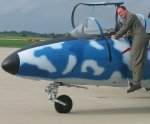
 The engine start button is located behind the throttle. After flipping on the battery, powering up the intercom and avionics, setting up the com/nav radios, testing the fire detection system and caution light panel, the canopies are closed before starting the engine. The engine slowly spools up, the faint whine developing into a muffled roar. Idle is at 35% of max rpm. Older turbojets are noisy affairs as evidenced by some onlookers with hands cupped over their ears. Frankly, it sounded terrific. It’s capable of producing 1,950 pounds of static thrust with a maximum operating RPM rating of about 15,300. Since a fully loaded plane is around 8,000 pounds it has a relatively low power-to-weight ratio. With its pressurized cockpit, max altitude is 36,100 feet, and maximum operating speed is generally in the range of 350 knots. Range is 555 miles, or about 2 hours of flight. It’s not meant for cross country travel.
The engine start button is located behind the throttle. After flipping on the battery, powering up the intercom and avionics, setting up the com/nav radios, testing the fire detection system and caution light panel, the canopies are closed before starting the engine. The engine slowly spools up, the faint whine developing into a muffled roar. Idle is at 35% of max rpm. Older turbojets are noisy affairs as evidenced by some onlookers with hands cupped over their ears. Frankly, it sounded terrific. It’s capable of producing 1,950 pounds of static thrust with a maximum operating RPM rating of about 15,300. Since a fully loaded plane is around 8,000 pounds it has a relatively low power-to-weight ratio. With its pressurized cockpit, max altitude is 36,100 feet, and maximum operating speed is generally in the range of 350 knots. Range is 555 miles, or about 2 hours of flight. It’s not meant for cross country travel.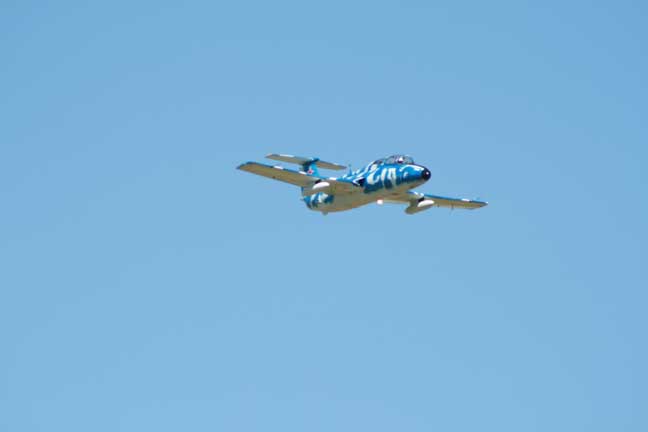
 it’s time to head back but first a call in to the tower for a low pass for our viewing audience. I know it must be loud but you can’t tell from inside the jet. After circling the field, the Delfin decended down the glide path until it touching down at about 90 knots, using about 4000 feet before taxing to the ramp. Any flying is great. Flying the Delfin is an absolute blast. Hard to imagine U.S.S.R. pilots actually got paid for the stick time.
it’s time to head back but first a call in to the tower for a low pass for our viewing audience. I know it must be loud but you can’t tell from inside the jet. After circling the field, the Delfin decended down the glide path until it touching down at about 90 knots, using about 4000 feet before taxing to the ramp. Any flying is great. Flying the Delfin is an absolute blast. Hard to imagine U.S.S.R. pilots actually got paid for the stick time.
